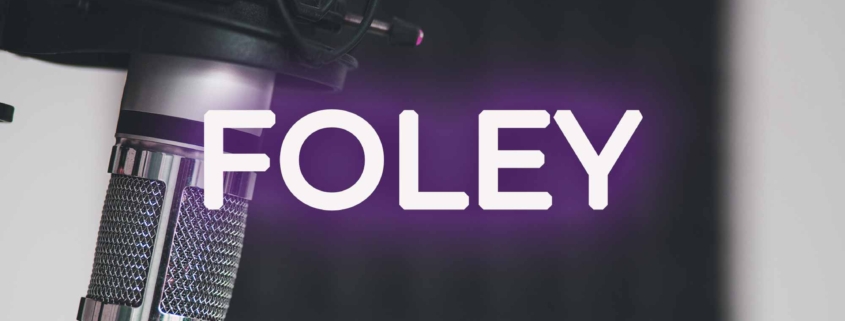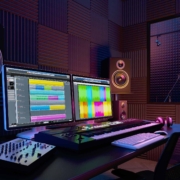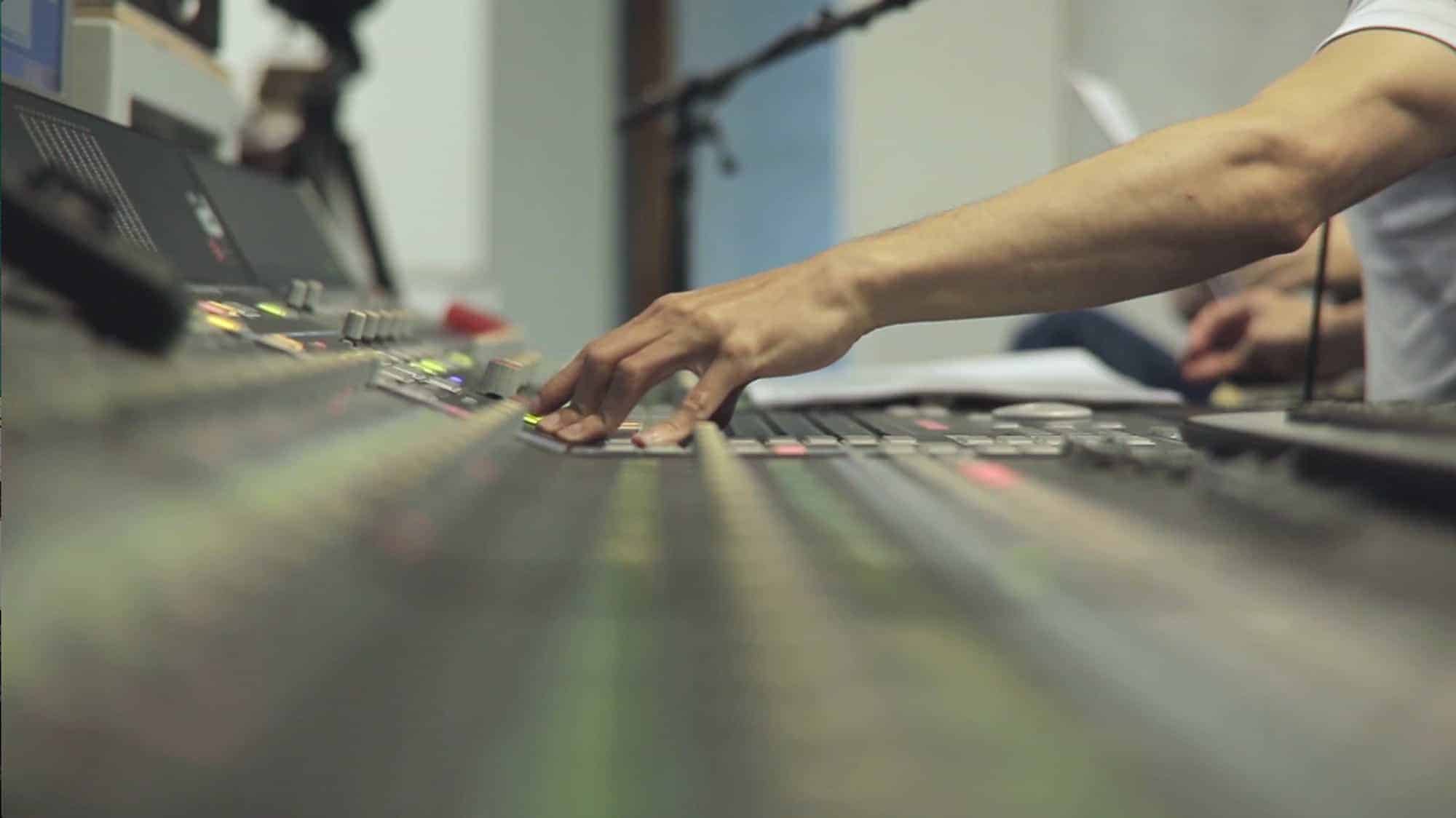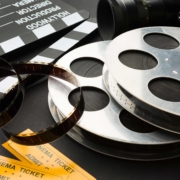What is Foley Recording and How it Enhances Audio Production
The Foley recording technique is an essential part of audio production, and it can make a huge difference in the quality of the final product. Foley recording is the process of adding sound effects to a recorded track. It involves using everyday objects and props to create sound effects that are then added to the audio track. This technique can be used to enhance the realism of a scene or even create an entirely new atmosphere. By using Foley recording, audio producers can add depth and life to their recordings, creating something truly unique and memorable.
Where did Foley sound recording originate?
The technique was first developed in the 1920s by sound engineer Jack Foley. He experimented with recording everyday sounds in his studio to add atmosphere to films. Since then, it has become an essential part of creating a film’s soundtrack and continues to be used today by sound designers and engineers all over the world.
Jack Foley is a legendary figure in the audio industry. He is credited with developing the art of sound design and foley work, which involves creating SFX for film and television. His innovations have made it possible for filmmakers to create realistic soundscapes that bring their stories to life. He has been honored with several prestigious awards, including an Emmy Lifetime Achievement Award for his contribution to the audio industry.
What was the first film to use sound design?
The first film to use sound design was 1927’s The Jazz Singer, a revolutionary musical drama that revolutionized the way films were made. It featured synchronized dialogue and singing by its lead actor, Al Jolson, and was a huge success both critically and commercially.
This groundbreaking movie is credited with introducing sound design to the world of filmmaking, starting a trend that would soon become the norm. It marked the end of the silent-film era of just motion pictures and text.
Foley Recording in Film & Television: Adding Depth & Realism to an Audience’s Experience
Foley recording involves capturing sound effects such as footsteps, doors opening and closing, clothes rustling, and other everyday sounds that are often overlooked but add immense depth to a scene. By using this technique, filmmakers can create a more believable atmosphere for their audience while also highlighting certain aspects of a scene that might otherwise go unnoticed.
This recording technique is an art form in itself, requiring skill and attention to detail in order to achieve the desired effect. It is an invaluable tool for filmmakers who want to create realistic worlds with believable characters that their viewers can relate to and become immersed in.
What is a Foley recording pit?
Foley recording pits are a specialized method of capturing sound effects for movies and television. Working with the art director, a Foley artist can create a variety of sounds in an enclosed environment to help bring the visual world to life. The recordings are made in real-time, allowing for dynamic manipulation of the soundscape that is impossible to achieve with digital audio editing.
For these reasons, Foley recording pits remain an essential part of post-production workflows today. All of this is done in an enclosed space so that the soundscape is captured without interference from outside elements such as traffic noise or ambient room noise.
Foley artists work with the sound designer to create a variety of sounds in the room – from simple footsteps to doors slamming, movements, crashes, explosions, or even gunfire. This process can be used for a wide variety of purposes: environments, scoring, and dialogue replacement.
How has digital audio changed the way Foley is done?
Digital audio has completely changed the way Foley is done. With modern digital recording technology, it is possible to create realistic sound effects and ambiances quickly and easily.
Furthermore, the use of virtual instruments and sound libraries allows for much more creative freedom when creating Foley for films, television shows, video games, and other media. Digital audio has also made it easier to edit, allowing the audio engineer to speed up the workflow and create a more accurate representation of sound in the production.









